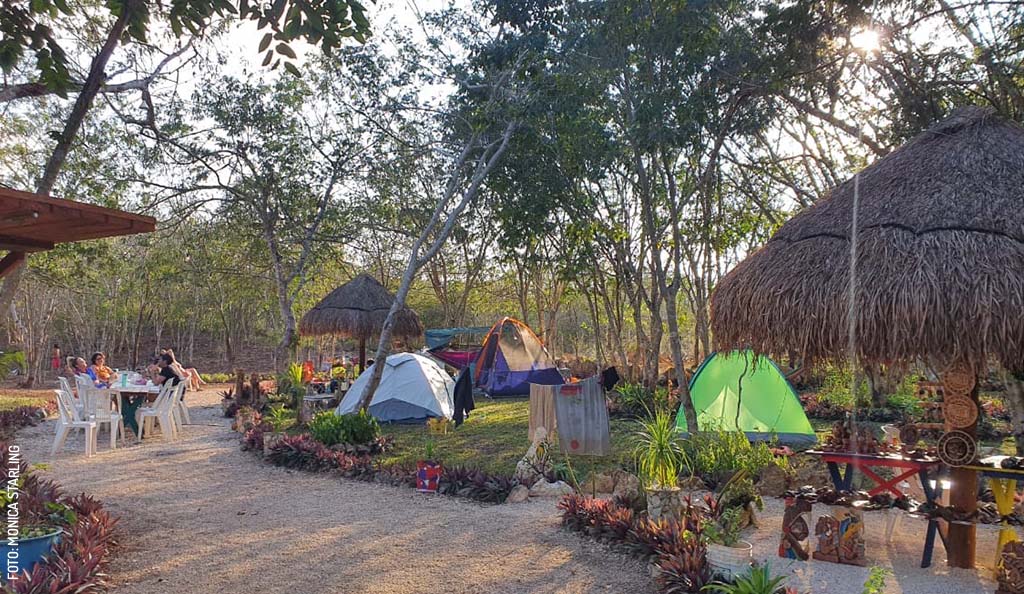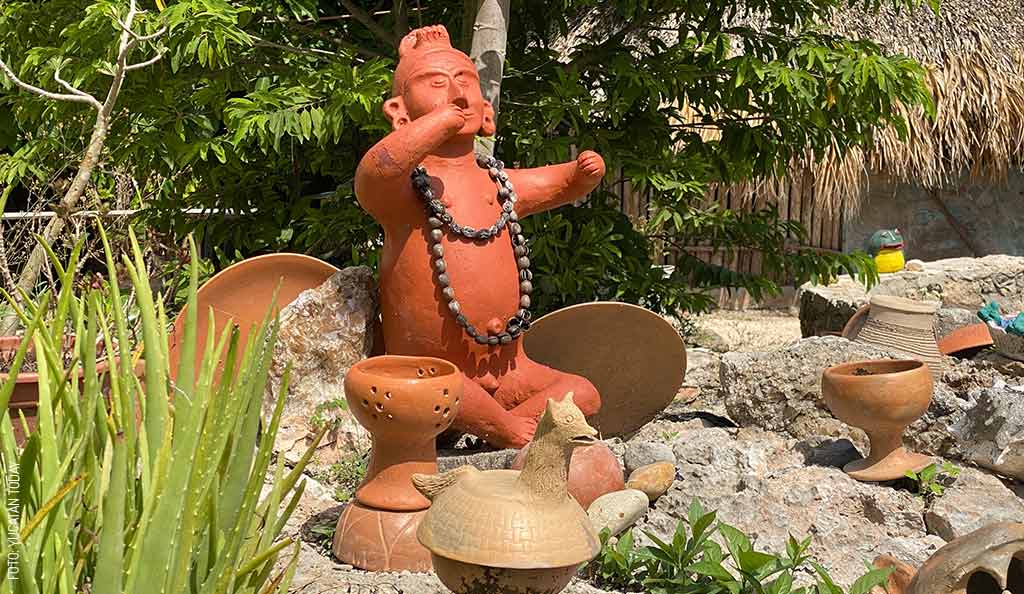An Alux. How do you explain to a child what an Alux is? Or who the Aluxes are? I try to find an answer for two little girls with Yucatecan roots living abroad. My first impulse is to tell them they’re mythological creatures, like gnomes. But the only gnome they know is the chubby, bearded, short figure with an old man’s face that decorates (protects) their neighbor's front yard. And leaving out some aspects of this description, the similarity doesn't go much further.
In Maya belief, the Aluxes - or Aluxo'ob (the plural from the Maya language) - have multiple representations and origins, depending on the Maya region where they’re located or who the researcher’s source is. For example, one of the myths tells that the Aluxes are the “people of the first humankind,” who built the great cities before the sun rose. These beings, of short stature and great wisdom, would turn to stone at sunrise and recover their state at sunset. This would explain why they are present at night rather than during the day.
According to Ella Quintal (INAH researcher), another myth goes that, in that time of darkness, stones had no weight and could be moved by whistling. This would also serve as an explanation on how the (massive) Maya temples were built.
Nowadays, Aluxes are believed to live in natural settings (such as cenotes, caves, and milpas) and Maya temples. They are their guardians and protectors, beings that deserve our respect. People who have seen them say that the Aluxes are so short that it's easy to mistake them for children, and that they are made of wind. The rituality around them persists to this day. Those of us who have heard or experienced their mischief know the importance of following tradition, as they are very capable of sending sickness through “bad wind” and only a J-men (wise man, or “Hacedor”) has the ability to determine the cure for this type of illness.
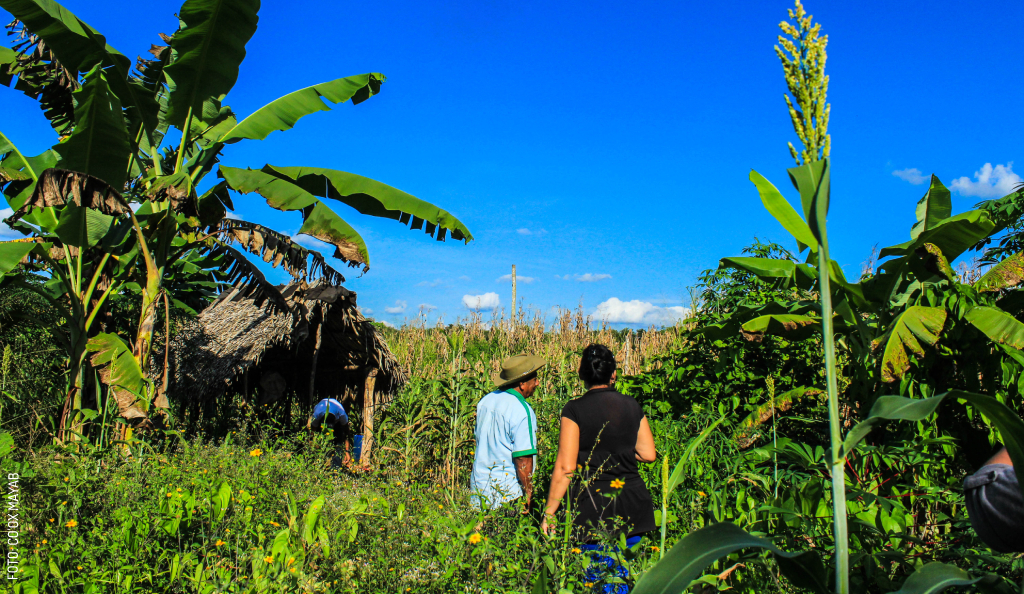 Let's talk about the milpas, the large plots of land where crops are grown. If you venture on those roads and talk to the Milperos or their family, you'll hear genuine adventures, going from voices, whistles, noises of children playing at dusk, and “good” whirlwinds that protect wanderers, to rituals to request the Aluxes' help for a thriving harvest and protection from thieves. To keep them happy and calm, it's necessary to make an offering during sowing time. Others say that Aluxes will protect and grant good harvests for seven years, but that, afterward, they should be locked up in their sanctuary-home to prevent their uncontrollable mischief. Be very careful.
Let's talk about the milpas, the large plots of land where crops are grown. If you venture on those roads and talk to the Milperos or their family, you'll hear genuine adventures, going from voices, whistles, noises of children playing at dusk, and “good” whirlwinds that protect wanderers, to rituals to request the Aluxes' help for a thriving harvest and protection from thieves. To keep them happy and calm, it's necessary to make an offering during sowing time. Others say that Aluxes will protect and grant good harvests for seven years, but that, afterward, they should be locked up in their sanctuary-home to prevent their uncontrollable mischief. Be very careful.
Other places to encounter Aluxes are caves and archaeological sites. Are you going to enter a cave? Is archaeological work starting near temples or places with vestiges? You should ask for permission. And if you visit a cave or archaeological site, please, no matter how tempting and insignificant it may seem, do NOT take anything with you. Not even the plainest rock. More people than I would like to know have said that, after taking a trinket, they began to be victims of their pranks. The most recent story I've heard involves Gruta Chocantes (in Tekax) and a family from Mérida who had to come back to return three stones. They couldn’t sleep at night, nor stop seeing “little people.” Hearing this, and not knowing about the stones, a J-men told them to return what they had stolen.
It may seem that Aluxes are evil creatures; however, they also like to help. About ten years ago, a woman in Sisal - after not being able to see a doctor at night - received a small bag of natural ingredients to brew a remedy for a stomach ailment. Their helper looked like a “very old lady” of very short height, dressed in a Hipil, who seemed to come out of the bushes near the Health Center. The woman was warned she would be in deep pain immediately after drinking the concoction, but that she would later feel better, and that’s exactly what happened. The next morning, no one could give her any clue as to who the old lady was, and the woman was advised to make an offering in gratitude.
As you can see, Aluxes are a part of daily life in the Yucatecan communities, protecting our trails and the homes of people from another era. If you go into their domain, don't forget to offer your prayers.

Author: Olivia Camarena Cervera
Yucatecan communicologist. Writer, blogger, and bookstagrammer in her spare time. She also experiments with TikTok.
Receive the latest articles and much more from the best of Yucatán in your email!
Related articles
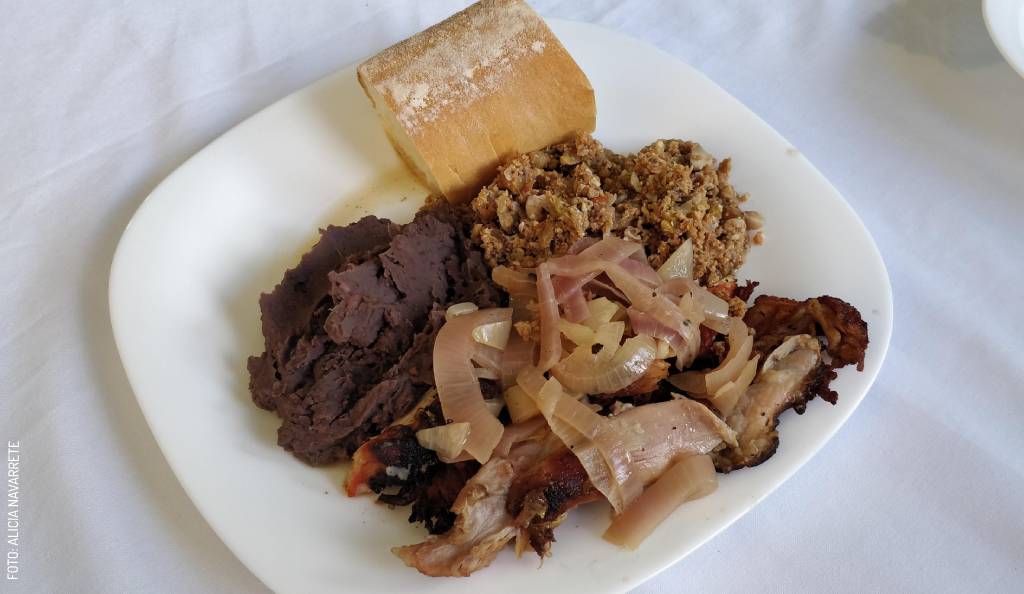
The Five Staples of the Yucatecan Christmas Dinner
The 5 keys to the Yucatecan Christmas dinner: Turkey stuffed with But, pasta soup, refried beans, pickled onion, and French bread. Tradition on...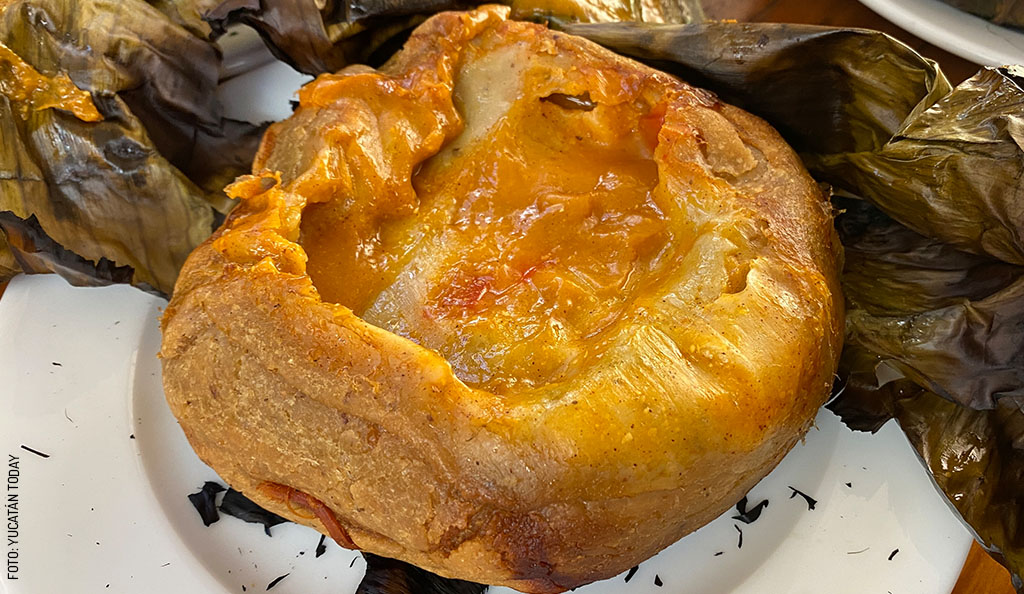
Four Different Ways to Enjoy a Mukbilpollo
Learn about the rich tradition of Mukbilpollo in Yucatán with four unique ways to savor this cultural dish during the Day of the Dead celebration.